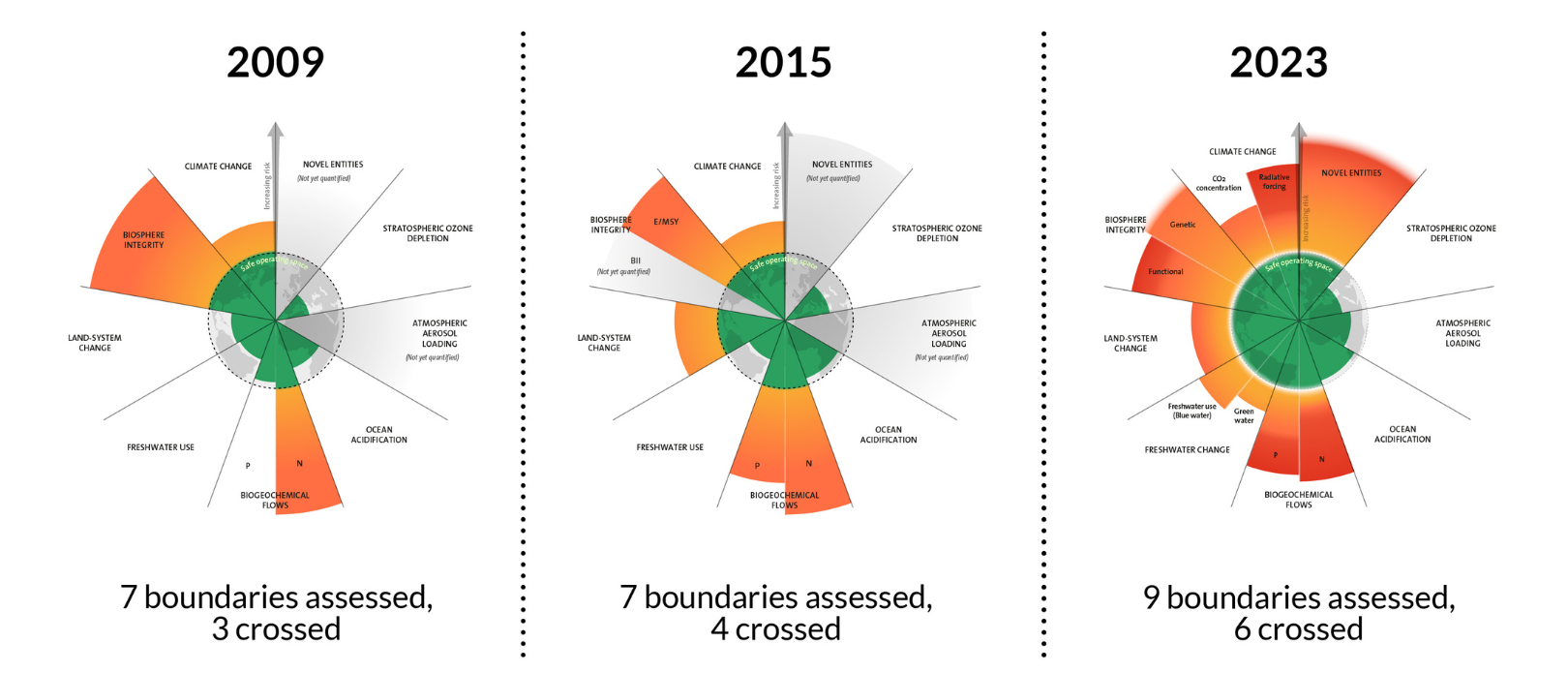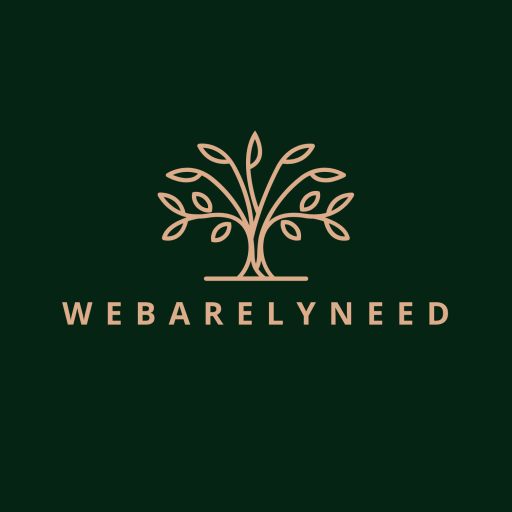What Does ”Sustainable” Actually Mean?
It’s time to stop the greenwashing and get real with the numbers.
We’re living in a time when more people than ever are choosing sustainable products. That’s a win.
But here’s the question:
How do you know if the brand you trust is truly eco-friendly — or just pretending to be?
We see words like “green,” “natural,” and “carbon-neutral” everywhere. But most of these are vague promises with no real accountability. If we’re serious about protecting the planet, we need to redefine sustainability — clearly, scientifically, and without the fluff.
Redefining Sustainability: From Vibes to Values
We’ve all heard the classic definition of sustainability:
“Meeting the needs of the present without compromising the ability of future generations to meet their own needs.”
This was introduced by the Brundtland Commission back in 1987. It sounds good. But… it’s way too vague.
What does “need” mean? Who decides? How much compromise is okay? We can’t act on a definition we can’t measure.
The Shift Toward Absolute Sustainability
Let’s talk about absolute sustainability — the kind we can calculate.
This isn’t about feeling “greener.” It’s about making sure our impact on the planet stays within safe limits.
So how do we do that?
- Start by defining how much impact the Earth can absorb (climate, water, biodiversity, land).
- Then measure how much impact our actions or products actually have.
- If we’re within the limit? That’s sustainable.
- If not? We’re overshooting, and something needs to change.
This moves the conversation from intentions to accountability.
The Planetary Boundaries Framework
This approach is based on a scientific framework known as Planetary Boundaries. It breaks down Earth’s vital systems — like freshwater use, land conversion, or greenhouse gases — and shows us exactly how close we are to the edge.
This gives us a yes/no answer:
Is this sustainable in absolute terms?
If not, how far are we from the safe zone?
This clarity is powerful. “Better” isn’t good enough anymore. “Less harmful” still isn’t sustainable. We need to know if we’re in the green or crossing the red line.
Can We Actually Be the First Sustainable Generation?
Believe it or not, the world has never been sustainable.
Our ancestors lived with low environmental impact — but only because they didn’t have the tech or numbers to do real damage. Life expectancy was short, child mortality was high, and poverty was the norm.
We want something more.
We want:
- A good life today
- A livable planet tomorrow
That’s the sustainability equation — and so far, humanity has never solved it.

What’s the State of the Planet Right Now?
Let’s face it. The news often feels grim:
- We’re still burning fossil fuels.
- We’ve lost vast forests.
- Half the world’s habitable land is used for farming.
- Meat production continues to strain our ecosystems.
But here’s what doesn’t get talked about enough:
The good news:
Per-person carbon emissions peaked a decade ago.
Solar and wind are now cheaper than coal in many regions.
Battery prices have dropped 18x since 1990 — transforming transport and storage.
Global deforestation has slowed since the 1990s — and forest recovery is growing.
Agricultural efficiency is skyrocketing, especially in developed nations.
Demand for petrol and diesel peaked in 2017 and is now falling.
What changed?
Technology. Innovation. Smarter systems.
We’re finally seeing progress that doesn’t destroy the planet.
So What’s the Goal Now?
We’re entering a new era where:
- Progress no longer has to come at the cost of the environment.
- We can fight poverty and climate change at the same time.
- We can feed 10 billion people without cutting down more forests.
But to do that, we need bold decisions.
“How often do we ask ourselves:
is that sustainable? ”

The idea our team wants to evoke
